Early civilizations built monumental architecture amazaments. From the beginning of civilization, some 11,000 years ago until about 500 BCE, structures of administrative, religious, or social importance were erected in urban centers or in other areas of importance to the culture away from the urban centers, also known as ceremonial centers.
The various religious or spiritual beliefs held by early civilizations were varied but had numerous commonalities. In most early civilizations, religious beliefs were central to the civilizations’ way of life, and the religious practices could not be extracted from cultural beliefs or societal practices.
Between 9000 – 3000 BCE, three important revolutions of humanity occurred: 1) agricultural cultivation, 2) urbanization, and 3) invention of writing in the Fertile Crescent between the Euphrates and the Tigris Rivers.
Map 1. Major of Mesopotamia capitals between 2500 – 500 BCE. (Sayre, 2013, p. 15)
Mesopotamia history is divided among a variety of the following cultures: Sumerian, Akkadian, Babylonian, Assyrian, and Neo-Babylonian. Each was unique but adopted traditions from their predecessors. Cuneiform, a standard of writing throughout the region of Mesopotamia, was invented by the Sumerians around 3000 BCE.
The best surviving example of ceremonial monumental architecture is the ziggurat at Ur, in modern Iraq, constructed around 2,100 BCE. This rectangular structure, measuring 140 by 200 feet at its base and over 85 feet in height, is comprised of three levels with a sanctuary on top.
Fig. 1. The ziggurat at Ur (modern Muqaiyar, Iraq) ca. 2,100 BCE. (Sayre, 2008)
Around 5000 BCE, another vastly different civilization was forming in Egypt. While Mesopotamian cultures evolved numerous times throughout its long history, Egypt barely changed over several thousand years. Egypt’s geography gave protection while allowing the culture to develop. The annual floods provided a lush, fertile valley where agricultural development was able to flourish.
Also, Mesopotamia never truly “united as a single entity” as Egypt was. (Sayre, 2013, p. 27) Ancient Egypt was ruled by a Pharaoh, an absolute ruler who was considered divine. He had a vast network of priests and bureaucrats to impose his will, and this helps explains the stability and permanence of Egyptian life. The pyramids found in Egypt not only tell the stories of the culture but also the lives of the pharaohs entombed in them.
Fig. 2. The pyramids of Menkaure (ca. 2470 BCE), Khafre (ca, 2500) and Khufu (ca. 2530) at Giza. (Sayre, 2008)
While pyramids and hieroglyphics are associated with ancient Egypt, these are only one aspect of the civilization. Like Mesopotamia, Egypt was polytheistic, but Egyptians never discarded any gods or beliefs, and two deities could merge to form a third. The Mesopotamian belief in an afterlife was dismal where “human society was merely part of the larger society of the universe governed by the gods” but Egyptians looked forward to the joys of the afterlife.
About 2500–2000 BCE, the Cycladic culture developed in the islands in the Aegean Sea called the Cyclades. Little is known about these people, but artifacts made of marble have been discovered. The figurines are “highly simplified and abstract in style” and they “range is height from a few inches to life-size” with “anatomical detail in all of them being reduced to (the) essentials”. (Sayre, 2013, p.41) Many of the statues are nude females and probably represent the Mother Goddess, a main deity in the ancient Aegean, and were found in graves. Therefore, they are thought to have played a ritualistic funerary role.
Fig. 3 Figurine of a woman from Cyclades ca. 2500BCE (Sayre, 2013, p.41)
Just south of the Cyclades were the Minoans, who inhabited the island of Crete between 2800–1400 BCE. They are among the most intriguing cultures of the ancient world. They created palaces with mazelike layouts, like the one at Knossos (see below image). The Minoan culture is considered the creator of the Greek myth based on the Minotaur. Their use of color in frescoes show a people who were close to nature.
Fig. 4 Reconstruction drawing and floor plan of the new palace complex at Knossos, Crete. (Sayre, 2013, p. 43)
“The Minoans were a wealthy, secure, and matriarchal civilization…The masonry walls had decorative murals and geometric motifs…They craeted a total impression of openness and lightness, combined with luxury and attention to detail.” (Sporre, 2005, p. 55)
In one such colorful, naturalistic fresco mural, Bull Leaping¸ shows three individuals playing with a charging bull. It is believed the two white figures in the fresco are female and the red image is made, color was simply used to denote male from female figures. “It is unclear whether this is a ritual activity, (or) perhaps part of a rite of passage.” (Sayre, 2013, p. 42) However, we do know bulls were routinely sacrificed in Minoan culture and that bulls were also “symbolically associated with male virility and strength.” (Sayre, 2013, p. 43)
Fig. 5 Bull Leaping, from the palace complex at Knossos, Crete. Ca. 1450-1375BCE. (Sayre, 2013, p. 42)
The most famous artifact to be found on the island of Crete and within Minoan society was the statues of the Snake Goddess, thought to be fertility, or Mother Goddess. In ancient times, the snake was used as a universal symbol for both rebirth and fertility. Even though there is little know about the Snake Goddess or the religion of the Minoians “some students of ancient religion have proposed that the Minoan worship of one or more female deities is evidence that in very early cultures the principal deity was a goddess rather than a god.
Fig. 6 Snake Goddess or Priestess, from the palace at Knossos, Crete. ca. 1500 BCE. (Sayre, 2008)
After the decline of the Minoans, as a result of either deforestation of the island or a volcanic eruption, “the mainland culture of Mycenae, on the Greek mainland, quickly occupied Crete” and became the power in the region. (Sayre, 2013, p. 44) The Minoans and the Mycenaeans were very different cultures. The Myceaneans were the ancestors of the ancient Greeks, see map below.
“Minoan towns were unfortified, and battle scenes were virtually nonexistence in their art, the Mycenaeans lived in communities surrounding fortified hilltops, and battle and hunting scenes dominate their art. Minoan culture appears to have been peaceful, while the warlike Mycenaeans lived and died by the sword.” (Sayre, 2013, p. 45)
The culture consisted of a powerful king, “a large bureaucracy of tax collectors, civil servant, and military personnel” where trade was an important way of life. (Sayre, 2013, p. 46) This type of social structure allowed the king a good amount of power to accumulate immense wealth. The Mycenaeans are most famous for their involvement in the Trojan War and have become immortalized in Homer’s epic poem, The Iliad written around 800BCE (refer to the excerpt in Sayre on p. 47).
Map 2. Possible route of the Greek fleets as they gathered and sailed for Troy. (Sayre, 2008)
In other parts of the world around 2,700 BCE, an early civilization began to develop along the Indus River in Mohenjo-Daro and Harappa.
Map 3. India by 1500BCE. (Sayre, 2013, p. 108)
By 2,000 BCE, the inhabitants of this region were skilled in bronze casting and had a written language, which has yet to be deciphered. With the invasion of a nomadic tribe from the north, known as Aryans (different from and not to be confused with the Aryan “race” idealized by the Nazi Party in the 20th century), the civilization was enslaved, and the caste system, which remains part of modern Indian culture to various degrees, was installed.
The caste system was based on social class divisions, and movement among the classes was prohibited. This system was largely based on the Vedas, Aryan hymns to the gods, which were written in the Aryan language, Sanskrit. The Vedas, along with the philosophical texts called Upanishads, and Brahman, the universal soul, comprise the main tenants of the Hindu religion that developed during this early period.
Summary
Each of the previously mentioned cultures had its own unique development, and each played a role in the development of Western culture as we know it today. It is paramount for us to understand and appreciate these early civilizations roles. These cultures and others demonstrated complex planning abilities, the authority to mobilize large labor forces to complete the construction of these massive projects, and sufficiently centralized power structures to allow for the execution of such projects.
References
Sayre, H. M. (2013). Discovering the humanities. (2nd ed.). New York, NY: Pearson.
——-, H. M. (2008). The humanities: Culture, continuity & change. Upper Saddle River, NJ: Pearson, Prentice Hall.
Sporre, D. J. (2005). The creative impulse, an introduction to the arts. (7th ed.). Upper Saddle River, NJ: Pearson, Prentice Hall.

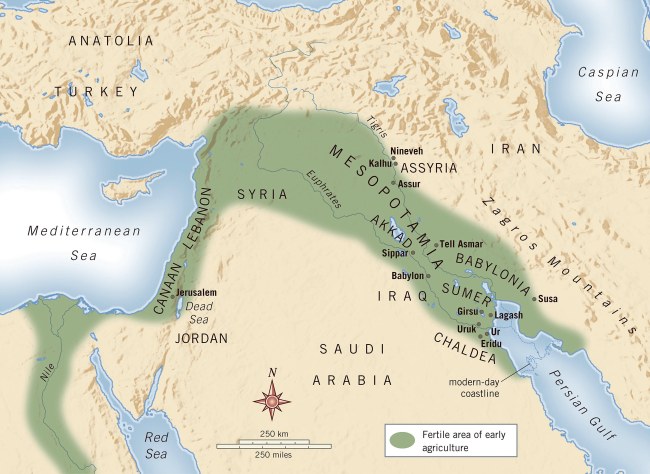
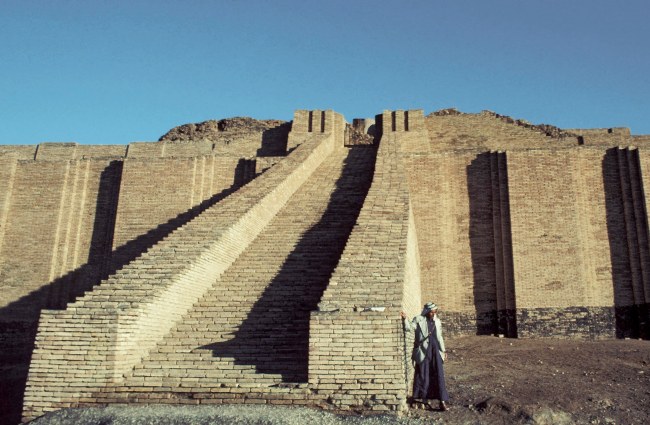

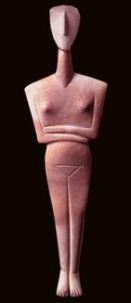
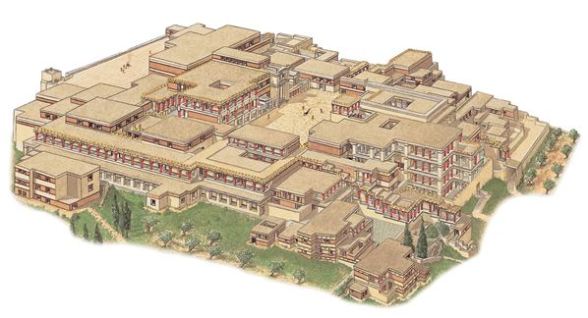

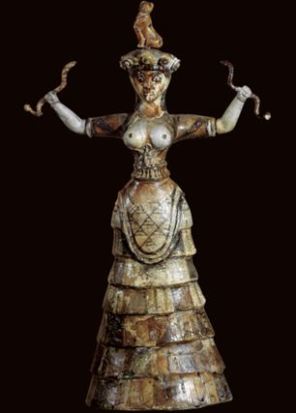


Hi! I am working as a researcher for a publishing company in the Philippines. I would like to confirm if you are control the right to the map found on this webpage: https://kmjantz.files.wordpress.com/2013/04/map01-02.jpg. I would appreciate any information about your source for this image. Thank you.
Hello! Sorry for the slow reply. No, I do not own the rights to the map you are referring to…the references provided does. Kristina Jantz